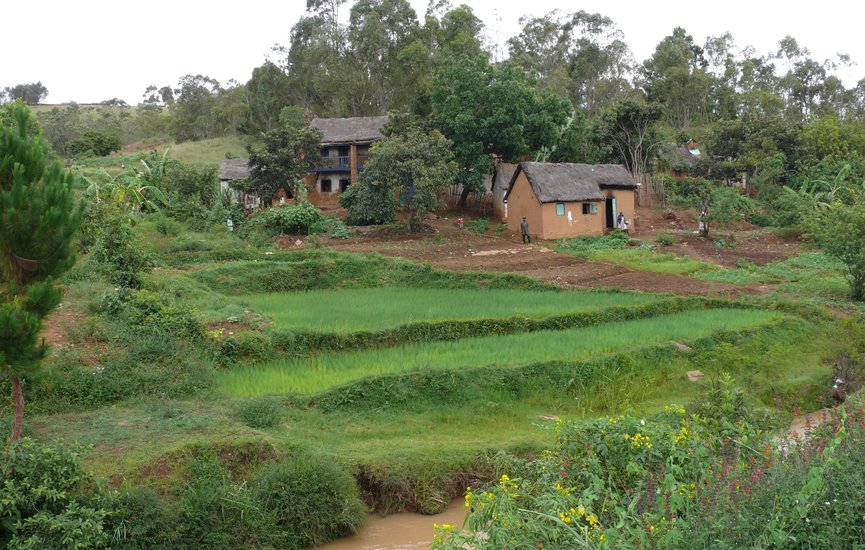Traditional land use in southwestern Madagascar is not merely a cultural artifact—it is a dynamic force that continues to shape the region’s ecological integrity. The communities inhabiting this semi-arid landscape, particularly on the Mahafaly Plateau and in the Mikea Forest region, have developed subsistence strategies that are deeply intertwined with the rhythms of the land. These practices, rooted in generations of ecological knowledge, include small-scale agriculture, rotational grazing, and seasonal harvesting. Far from being static or primitive, they reflect a sophisticated understanding of local biodiversity, soil conditions, and climate variability.
For decades, these lifeways have contributed to the resilience of Madagascar’s dry forests, which are among the most biologically rich and threatened ecosystems on Earth. Traditional slash-and-burn agriculture, often criticized in global conservation discourse, has historically been practiced in a controlled and cyclical manner that allowed forest regeneration and maintained habitat diversity. Forests were not merely exploited—they were stewarded. Medicinal plants, edible fruits, and construction materials were harvested with restraint, guided by taboos and customary laws that served as informal conservation tools. In this way, the landscape was not only used but also cared for, creating a mosaic of forest patches, fallows, and cultivated fields that supported both human and ecological communities.
However, the balance between tradition and ecology has come under increasing strain. Since the mid-20th century, land use patterns have shifted dramatically due to population growth, market pressures, and external development agendas. Satellite imagery and field studies reveal a steady conversion of woodland into savannah, particularly on plateau sites where deforestation has accelerated. Commercial agriculture, charcoal production, and extractive industries have introduced intensive land use practices that often disregard the ecological wisdom embedded in traditional systems. These changes have fragmented habitats, depleted soils, and undermined the very resilience that once defined the region.
Despite these challenges, there is growing recognition of the value of traditional land use in ecological restoration and climate adaptation. Interdisciplinary research combining archaeology, ethnography, and geoscience has shown that the ecological legacy of indigenous lifeways is not only visible in the landscape but also instructive for future land management. By integrating local knowledge with scientific approaches, conservation efforts can become more inclusive, culturally sensitive, and ecologically effective. Rather than viewing traditional practices as obstacles to development, they can be embraced as models of sustainability—living systems that have endured precisely because they are attuned to the land.
In southwestern Madagascar, the path forward lies in honoring the past. The ecological function of traditional land use is not a relic—it is a blueprint. By listening to the communities who have long lived in harmony with their environment, and by supporting their rights to land and livelihood, we can foster a future where conservation and culture thrive together.
